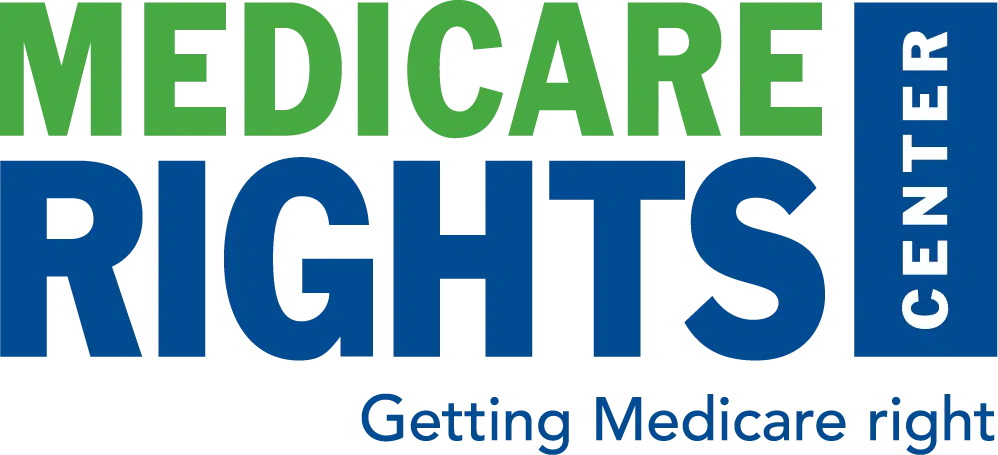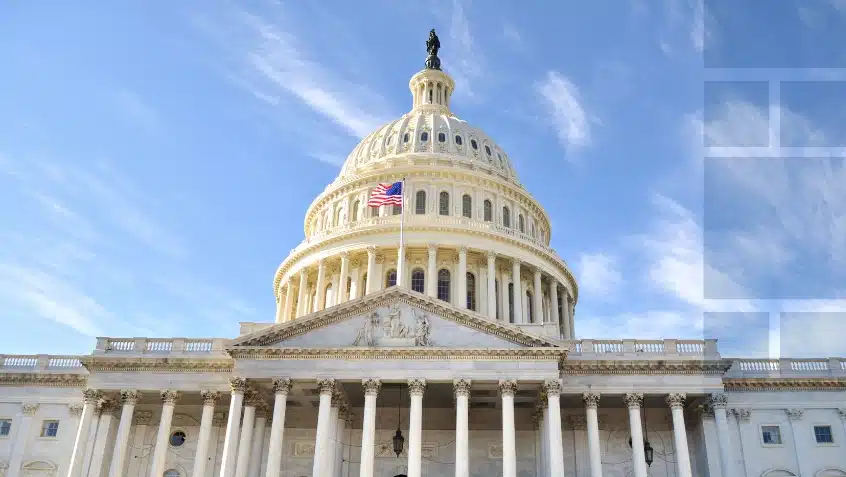This month, a federal court blocked a rule that was designed to protect people with medical debt by keeping it off credit reports and out of credit decisions. This means that credit reporting agencies and lenders are again free to use unpaid medical bills when determining credit worthiness—a practice that […]
Read More
A new KFF report examines key trends in 2025 Medicare Advantage (MA) enrollment. MA has seen steady growth in recent years and since 2023 has accounted for more than half of all enrollees. At the same time, Medicare payments to MA plans continue to outpace Original Medicare (OM) spending, and […]
Read More
On this day 60 years ago, Medicare and Medicaid were signed into law, creating a national health insurance program for older adults, people with disabilities, and people with limited incomes. In the first three years, Medicare and Medicaid enrolled nearly 20 million beneficiaries; today, Medicare has an enrollment of over […]
Read More
The Americans with Disabilities Act (ADA) was signed into law on July 26, 1990, following years of advocacy from the disability community. This landmark civil rights legislation prohibited discrimination on the basis of disability across all aspects of public life, promoting equal access to education, employment, transportation, and other public […]
Read More
This week, the Congressional Budget Office (CBO) released updated cost estimates of the recently enacted One Big Beautiful Bill Act (OBBBA), reflecting the final provisions. The score finds that between now and 2034, the law will add $3.4 trillion to the deficit and cause more than 10 million people to […]
Read More
This year marks major anniversaries for three cornerstone programs that have shaped the nation’s health and economic well-being. Social Security, signed into law by President Franklin D. Roosevelt on August 14, 1935, turns 90 in 2025. Medicare and Medicaid, established thirty years later through the Social Security Amendments of 1965 […]
Read More
On July 4, President Trump signed the damaging Republican budget reconciliation bill into law. But that does not mean each provision takes effect immediately. Instead, implementation stretches across many years, with many of the most controversial aspects timed to fall after future elections. Below, we explore some of these timelines, […]
Read More
Prescription drug coverage in Medicare, provided via private health insurance plans under Part D, covers more than 53 million Americans. The Part D benefit—first available in 2006—has undergone significant policy changes in its nearly 20-year history. As initially designed, Part D left beneficiaries with substantial out-of-pocket cost obligations; they were responsible […]
Read More
For longtime callers to the Medicare Rights Center’s national helpline, many of the most familiar voices are our volunteers. Joining us weekly to counsel callers on Medicare questions and complex cases, our volunteers include current and former nurses, teachers, lawyers, and others—professionals from all walks of life who bring with […]
Read More
With the reconciliation bill now law, stakeholders and advocates are eyeing the implementation process and what it might mean at the state level. A new resource from Manatt Health offers state-specific estimates on Medicaid coverage and hospital expenditures, as well as congressional district–level data. The authors estimate nearly 9 million […]
Read More










